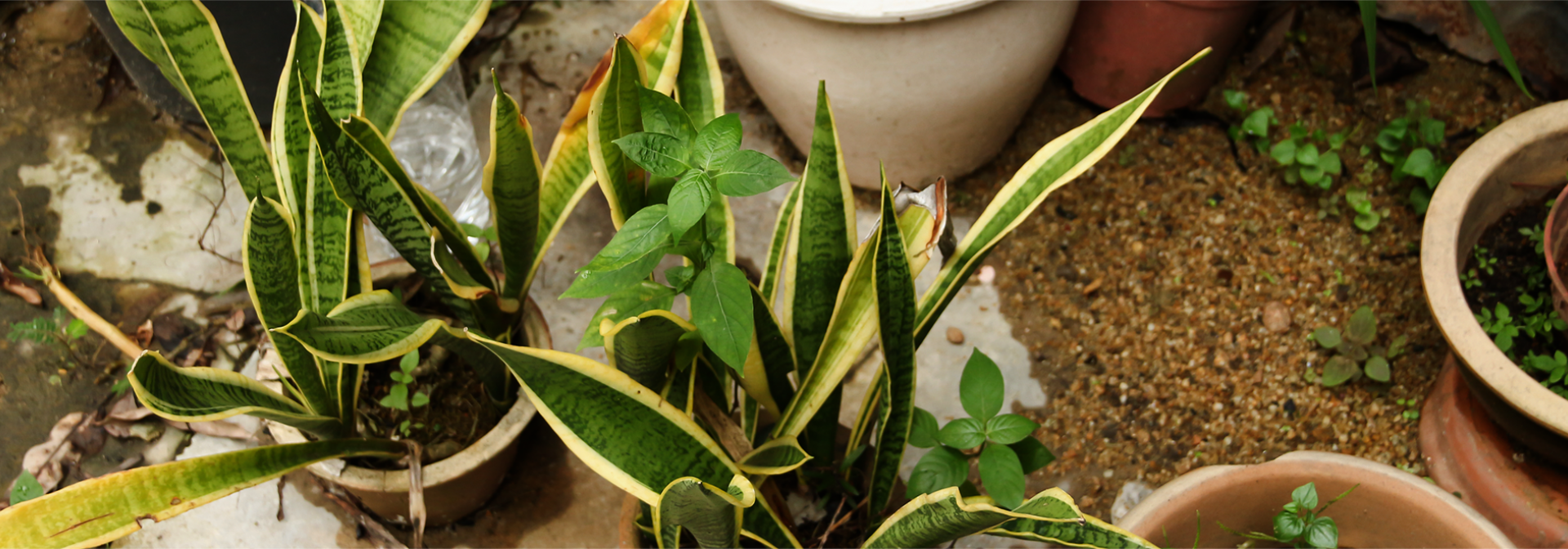According to a 2016 survey of 3,000 world cities, published by the World Health Organisation (WHO), the air quality of Gwalior is rated the second worst. In fact, the report states that India is home to 10 out of the 20 worst polluted cities of the world. If this isn’t scary enough, know this: Air pollution is the fifth largest premature killer in India and is estimated to kill approximately 1.5 million people every year. Another WHO survey states that the death rate due to chronic respiratory diseases and asthma is the highest in India. In fact, even other cities like Raipur, Delhi, Patna, Lucknow, Faridabad, Ahmedabad and Varanasi have alarming air pollution levels, while the levels in other cities is also over permissible limits.
The crux is that we are all breathing air that is highly toxic. Indoor air pollutants have, in fact, ranked among the top five environmental risks to public health. Stagnant indoor environment, especially where the ventilation is poor, allow air pollutants to build up in greater amounts. This, in turn, causes a ‘sick-building syndrome’, causing headaches, nausea, dizziness, and throat, ear and nose irritation.
There are, of course, many measures that can be taken at a larger level to improve the quality of air we are breathing, but there is also something that we can do at smaller levels, in our homes and offices—and that is to use house plants. The Clean Air Study, by the National Aeronautics and Space Administration (NASA) in the late 1980s, suggests that certain indoor plants provide a natural and cost-effective way to remove toxic agents from the air around us. I’ve rounded up 10 easily available, low maintenance ones that work great as air purifiers, along with making your space look attractive.
Here are 10 air-purifying indoor plants to help you fight the battle against pollution. Bonus: They look pretty too!
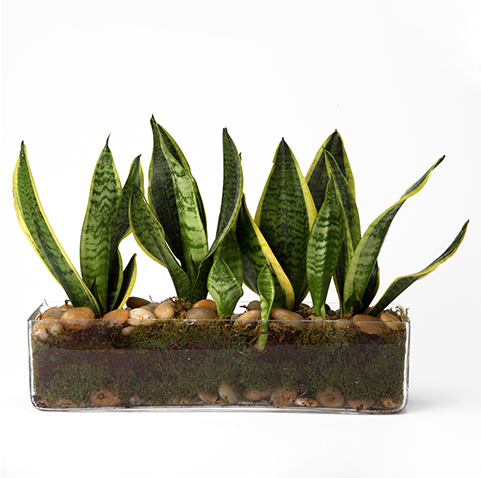
MOTHER-IN-LAW’S TONGUE:
Known as Snake Plant due to the shape of its leaves, or Mother-in- law’s Tongue due to its sharpness, this is an evergreen perennial plant. Used predominantly for ornamental purposes, it passively absorbs at least 107 known air pollutants, including nitrogen oxide and formaldehyde. This easy-to-care-for plant also produces copious amounts of oxygen throughout the night, making it a great choice to keep in the room.
AGLAONEMA:
Popularly known as Chinese Evergreen, this plant has been grown in Asia for centuries as an ornamental plant that brings luck. Besides this, it is a wonderful air purifier that helps filter toxins like benzene and formaldehyde. Its ability to live in low-light conditions also makes it a very popular choice.
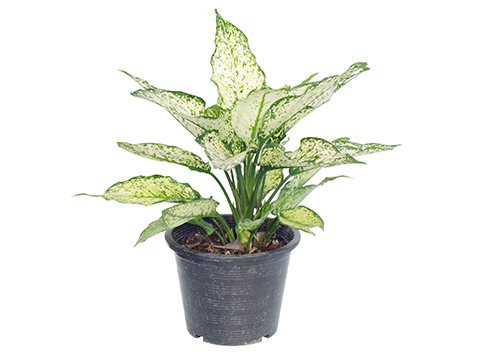
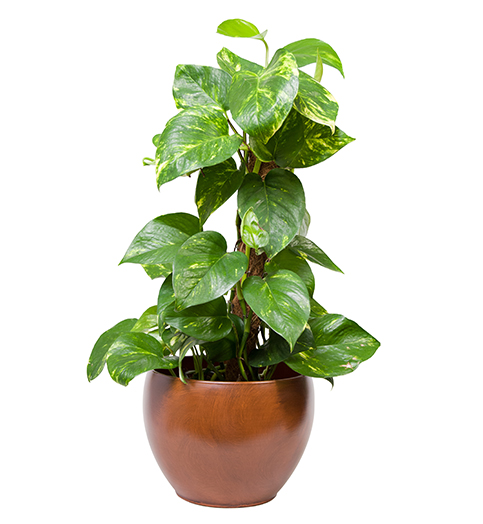
MONEY PLANT:
Scientifically called Epipremnum Aureum, this plant has multiple names, including Golden Pothos, Money Plant and Silver Vine. It is also called Devil’s Vine or Devil’s Ivy because it is almost impossible to kill. An evergreen vine with leaves that are alternate and heart- shaped, money plant is an effective and powerful air-purifying house plant, due to its particular affinity for volatile organic compounds, most commonly in the form of off-gassing from synthetic paint or even carpets.
FICUS:
Also known as the Weeping Fig, Ficus is a popular house plant, especially for temperate areas. It has gracefully drooping branchlets and oval glossy leaves with an acuminate tip. Commonly found indoors as bonsai plants, they clean the air by emitting high oxygen content and have been shown to effectively remove gaseous formaldehyde from indoor air.
DRACAENA:
The Dracaena family makes up an important group of plants used to decorate, scrub the air and make green homes. Its ability to grow in low light and tolerate considerable dryness makes it a favoured indoor plant. Known to remove toxins like benzene, formaldehyde, trichloroethylene, xylene andtoluene, this plant works as a great air purifier.
PEACE LILY:
This evergreen and herbaceous perennial plant with large leaves does not need large amounts of water or light to survive. One of NASA’s top-ranked air-purifyingplant, it is known to effectively clean indoor air of pollutantslike formaldehyde, generated by furniture, electronics as well as cleaning products.
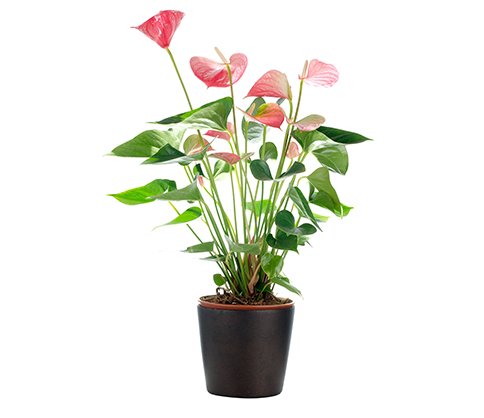
ANTHURIUM:
Popularly known as the Flamingo flower, Anthurium is a genus of about 1,000 species of flowering plants. The leaves are often clustered and variable in shape. Many species of Anthurium are grown as house plants as they are known to remove toxins like xylene, toluene, formaldehyde, and ammonia, giving you a more inviting space to breathe in.
SPIDER PLANT:
Spider Plant, also known as Spider Ivy, Airplane Plant or Ribbon Plant, is a flowering perennial herb. It is easy to grow and can thrive in a wide range of conditions. The leaves grow quickly and help to absorb harmful substances like formaldehyde, xylene, toluene,mold and other allergens. In fact, it can remove up to 90% of indoor air toxins in just two days!
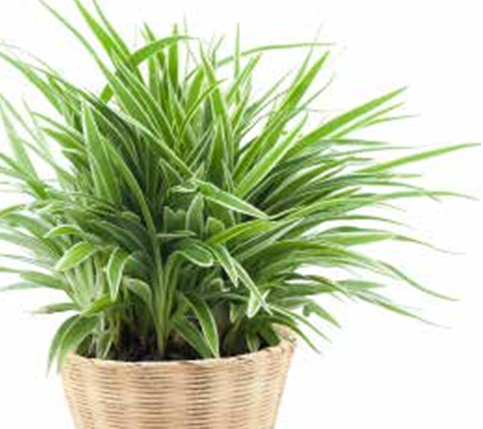
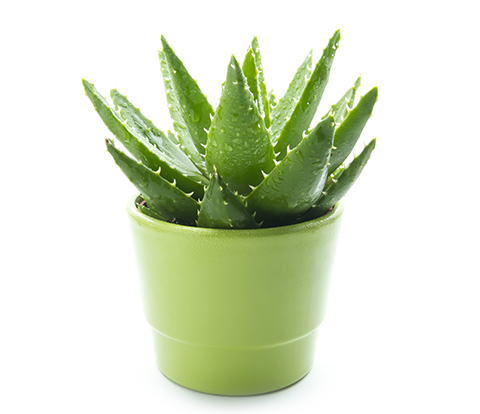
ALOE VERA:
Aloe vera is a succulent plant that grows wild in tropical climates.Cultivated for agricultural andmedicinal reasons, it does well as adecorative house plant. However, aloe vera is a plant of manysurprises, and besides adding anice touch to your homes, it helps keep your home free from benzene, found in paints and chemical cleaners, and formaldehyde.
BAMBOO PALM:
This is a small palm that grows tall with slender cane-like stems. The leaves are pinnate with one to numerous leaflets. Also known as the Reed Palm, it is known to filter formaldehyde, xylene and toluene from the air. It is also a natural humidifier, producing a litre of ambient water every 24 hours, thus making it a well-suited plant for those with breathing issues.
Home calculations made easy to help you plan your home
MISSED CALL
Give us a MISSED CALL for New Home Loan
- 09289200017
